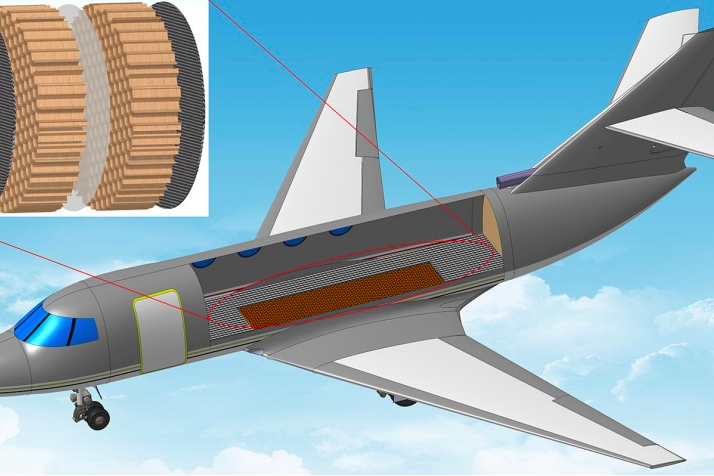Crank up the volume to that episode of "Two And A Half Men" on the headrest in front of you all you want, but the sonic force of air travel will still be tremendously audible.
Flying can be an uncomfortably noisy experience. Some of us are more sensitive than others to incessant hissing sounds, but everyone can agree it would be nice if things were even a little bit quieter.
A solution may be on the way with a new invention from researchers at the Massachusetts Institute of Technology and North Carolina State University.
According to a
press release from NC State, a new lightweight membrane that can be incorporated into an aircraft's structure figures to drastically reduce the amount of noise filtering through cabins.
Typically, aircraft have a honeycomb-like structure embedded in the wings, floor and ceiling to provide sturdy support while keeping fuel costs as low as possible.
The MIT and NC State researchers have devised a membrane that can cover one side of the honeycomb structure so that incoming soundwaves bounce off rather than pass through.
“It’s particularly effective against low-frequency noise,” says Yun Jing, an assistant professor of mechanical and aerospace engineering at NC State. “At low frequencies – sounds below 500 Hertz – the honeycomb panel with the membrane blocks 100 to 1,000 times more sound energy than the panel without a membrane.”
Made of a rubber about 0.25 millimeters thick, the membrane adds about 6 percent to the overall weight of the honeycomb structure. The fact that it's relatively inexpensive to produce and can also be used in helicopters is a further indication that the invention is a viable solution to excessive noise.

 Yun Jing/NC State News
Yun Jing/NC State News